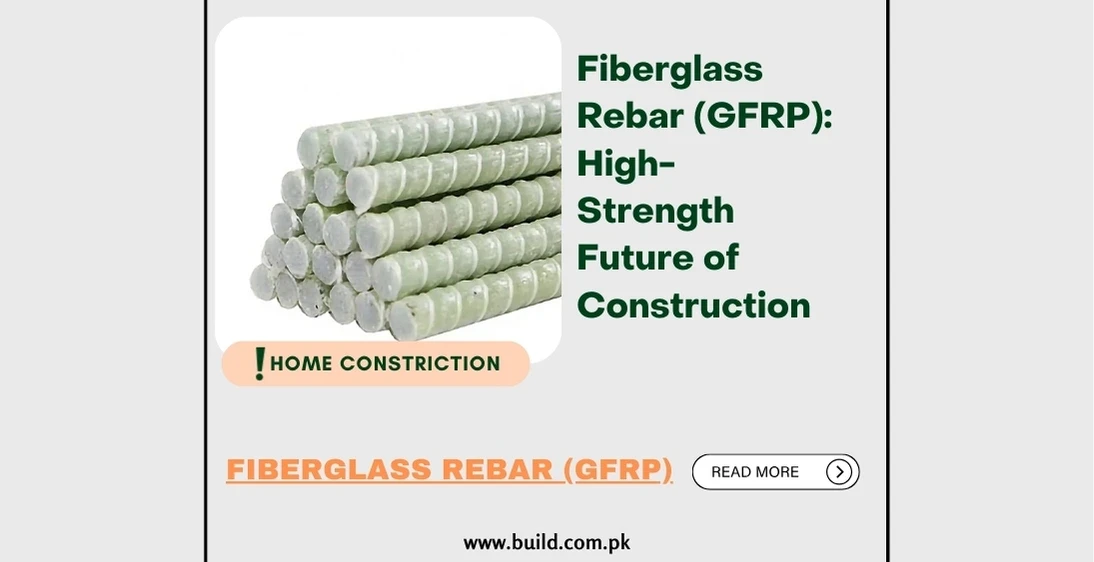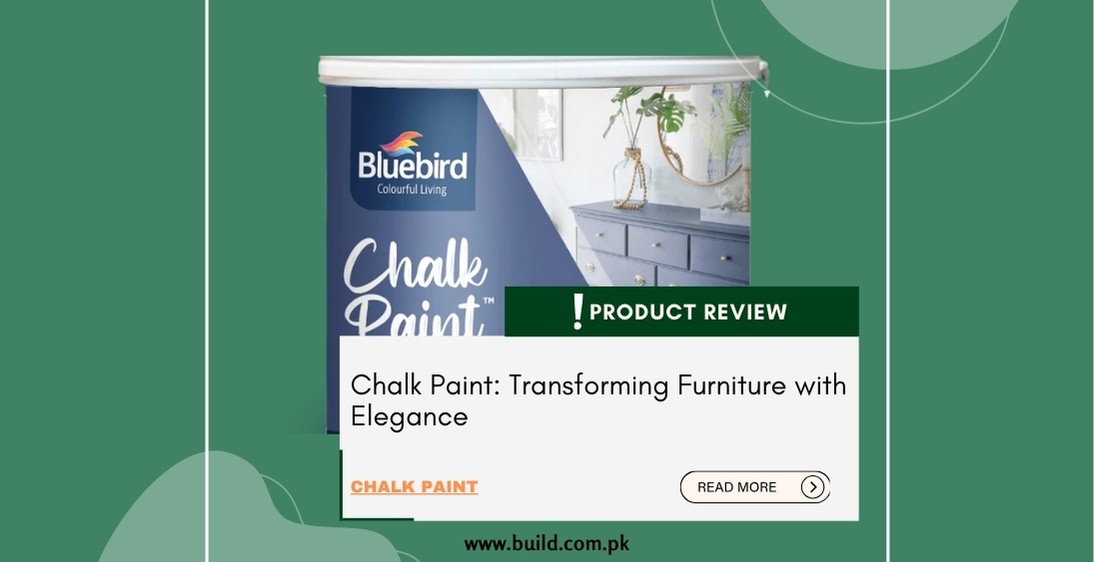Porcelain: A Guide to This Versatile Material

Introduction:
Porcelain
is a material that has been revered for centuries, known for its beauty,
durability, and versatility. From ancient artifacts to modern home decor,
porcelain has played a significant role in various aspects of life. This guide
delves into the origins, types, applications, and benefits of porcelain,
providing a thorough understanding of why this material remains a favorite in
many industries.
The Origins of Porcelain
Porcelain, often referred to as "fine china," originated in China during the Tang Dynasty (618-907 AD). Its creation marked a significant advancement in ceramics, combining art and science to produce a material that was both aesthetically pleasing and highly functional.
Historical Significance:
The discovery and development of porcelain in China
revolutionized ceramics. It was highly valued for its translucency, strength,
and pure white color. Porcelain items were initially exclusive to Chinese
royalty and later became highly sought after by European traders.
Material Composition:
Porcelain is made from a specific combination of kaolin (a type of
clay), feldspar, and quartz. This unique composition gives porcelain its
distinct characteristics, including its hardness and resistance to thermal
shock.
Manufacturing Process:
The production of porcelain involves a series of steps, including
shaping, drying, glazing, and firing at high temperatures (typically between
1,200 and 1,400 degrees Celsius). This process vitrifies the material, making
it non-porous and giving it a glass-like finish.

Types of Porcelain
Porcelain can be classified into several types based on its manufacturing process and intended use. Understanding these types can help in selecting the right porcelain for specific applications.
Hard-Paste Porcelain:
Also known as true porcelain, hard-paste porcelain is made from a
mixture of kaolin and petuntse (a type of feldspar). It is fired at very high
temperatures, resulting in a hard, translucent, and durable product. This type
is commonly used for fine china and high-end tableware.
Soft-Paste Porcelain:
Developed in Europe as an attempt to replicate Chinese porcelain,
soft-paste porcelain is made from a mixture of clay and a glassy substance
known as frit. It is fired at lower temperatures compared to hard-paste
porcelain, making it slightly less durable but still prized for its fine
quality and delicate appearance.
Bone China:
This type of porcelain is made by adding bone ash to the traditional
porcelain mixture. Bone china is known for its exceptional whiteness,
translucency, and high strength. It is often used for high-quality dinnerware
and decorative items.
Porcelain Tiles:
Made specifically for flooring and wall applications, porcelain tiles
are highly durable and resistant to moisture, stains, and scratches. They are
available in a wide range of designs, colors, and finishes, making them a
popular choice for both residential and commercial spaces.
Applications of Porcelain
Porcelain's unique properties make it suitable for a variety of applications, from household items to industrial uses. Its versatility is one of the key reasons for its enduring popularity.
Decorative Items:
Porcelain is widely used for making fine china, dinnerware,
and decorative objects such as vases, figurines, and lamps. Its aesthetic
appeal and durability make it ideal for both everyday use and special
occasions.
Architectural Elements:
Porcelain is used in architecture for making tiles, sanitary ware,
and facades. Its durability, resistance to moisture and staining, and wide
range of design options make it a preferred material for bathrooms, kitchens,
and exterior cladding.
Laboratory Equipment:
Due to its high resistance to thermal shock and chemical corrosion,
porcelain is used in laboratories for making crucibles, mortars, pestles, and
other scientific apparatus.
Industrial Applications:
Porcelain is also used in various industrial applications,
including electrical insulators, which benefit from its non-conductive
properties and resistance to high temperatures.
Benefits of Porcelain
Porcelain offers numerous benefits that contribute to its widespread use in various applications. Its unique combination of properties sets it apart from other materials.
Durability:
Porcelain is highly resistant to wear and tear, making it an excellent choice
for items that need to withstand heavy use. It is also resistant to scratches,
chips, and cracks.
Aesthetic Appeal:
The fine, smooth finish of porcelain, along with its ability to be
crafted into intricate designs, makes it highly attractive. It can be glazed to
produce a wide range of colors and patterns, enhancing its decorative
potential.
Hygiene:
Porcelain's non-porous surface prevents the absorption of liquids and bacteria,
making it a hygienic choice for kitchenware, sanitary ware, and medical
equipment.
Heat Resistance:
Porcelain can withstand high temperatures without deforming or
losing its strength. This property makes it suitable for use in ovens,
microwaves, and laboratory settings.
Low Maintenance:
Porcelain is easy to clean and maintain. Its resistance to
staining and moisture absorption means it requires minimal upkeep to keep it
looking new.
Considerations When Choosing Porcelain
While porcelain offers many advantages, there are certain considerations to keep in mind when selecting it for various applications. These factors can influence the overall performance and suitability of porcelain in specific environments.
Cost:
Porcelain can be more expensive than other materials due to its production
process and high-quality finish. However, its durability and low maintenance
requirements can make it a cost-effective choice in the long run.
Installation:
Installing porcelain tiles or fixtures requires precision and expertise.
Professional installation is recommended to ensure a proper fit and finish, particularly
for large or complex projects.
Weight:
Porcelain is denser and heavier than many other materials. This can be a
consideration for applications where weight is a factor, such as wall-mounted
fixtures or large installations.
Glazing:
While glazing enhances the appearance and durability of porcelain, it can also
make it more slippery when wet. For flooring applications, it is important to
choose tiles with a suitable slip resistance rating.
Conclusion:
Porcelain
remains a timeless and versatile material, valued for its beauty, durability,
and wide range of applications. Whether used in fine china, architectural
elements, or industrial equipment, porcelain offers a unique combination of
aesthetic appeal and practical benefits. By understanding its origins, types,
and properties, you can make informed decisions about incorporating porcelain
into your home or projects. Whether you are looking for elegant tableware,
durable flooring, or high-performance laboratory equipment, porcelain provides
a reliable and attractive solution that stands the test of time.









